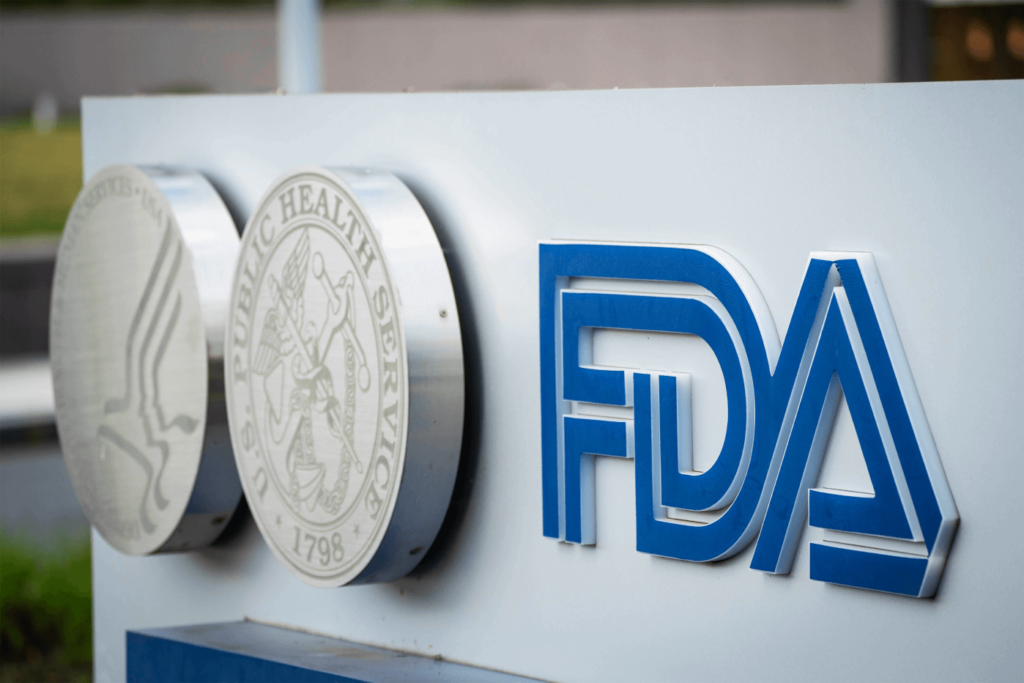
Evolving Landscape of FDA : Accelerating Drug Development and Approvals
Administrative specialists play a pivotal role in streamlining, facilitating, and accelerating the development and approval of innovative therapies through the granting of review designations. Since the first review designation was granted in 1984, the US Food and Drug Administration (FDA) has witnessed a dramatic increase in the annual number of designations awarded, culminating in a remarkable 694 designations in 2020. This upward trend in review designation granting over the years has been influenced by key pharmaceutical events, including the rise of the biotechnology industry and the emergence of groundbreaking scientific advancements.
Regulatory specialists contribute significantly to expediting drug development and approval by granting these specialized review designations. To date, the FDA has implemented seven distinct types of review designations, each designed to accelerate and incentivize drug development by offering specific advantages to pharmaceutical companies. For instance, Orphan Drug Designation (ODD) is granted to drugs intended to treat a rare condition, providing benefits such as tax credits for qualified clinical trials, exemptions from user fees, and the potential for seven years of market exclusivity following approval. These incentives encourage the development of treatments for conditions that might otherwise be neglected due to limited market potential.
Analyzing the trends in FDA review designation granting reveals a clear pattern of growth and evolution. The FDA granted its initial 22 designations, all of which were ODDs, in 1984. From 1984 to 1997, the agency granted an average of only 23 designations annually, indicating limited initial adoption of this regulatory tool. This relatively slow uptake likely reflects a period of familiarization with the new designation process and a potentially smaller pipeline of candidate drugs at that time.
The period from 1998 to 2012 marked a significant increase in FDA designation granting. During this timeframe, an average of 93 designations were granted each year, and in 2012 alone, the FDA granted 182 review designations – more than seven times the number granted in 1997. This surge aligns with the passage of the Food and Drug Administration Modernization Act of 1997, which aimed to accelerate the approval of new medications and led to the introduction of the Fast Track and Priority Review designation types in 1998 and 1999, respectively. Fast Track designation addresses unmet medical needs, while Priority Review shortens the FDA’s review time for drugs that offer significant improvements in safety or effectiveness. This period also coincided with the rise of the biotechnology industry, with the 2003 completion of the Human Genome Project catalyzing advancements in gene therapy and personalized medicine. The increased availability of new biological entities seeking regulatory approval likely contributed to the rise in designations.
The period from 2012 to 2020 witnessed another rapid expansion in the annual number of review designations granted. Over these eight years, the annual designations granted by the FDA increased nearly four-fold. This period saw the implementation of several new designation types, each tailored to specific therapeutic areas and technological advancements: Qualified Infectious Disease Product (QIDP) designation in 2012, Breakthrough Therapy designation in 2013, Rare Pediatric Disease designation in 2014, and Regenerative Medicine Advanced Therapy (RMAT) designation in 2017. QIDP designation incentivizes the development of new antibiotics to combat drug-resistant infections. Breakthrough Therapy designation expedites the development and review of drugs intended to treat serious or life-threatening conditions, where preliminary clinical evidence indicates that the drug may demonstrate substantial improvement over existing therapies. Rare Pediatric Disease designation encourages the development of treatments for rare diseases affecting children. RMAT designation supports the development of innovative regenerative medicine therapies, including cell therapies, gene therapies, and tissue-engineered products. The introduction of these specialized designation types reflects the continued growth and diversification of the biotechnology industry and the increasing adoption of novel technologies to develop advanced biologics, which began entering clinical development in greater numbers.
In 2020, the FDA reached a peak of 694 review designations granted. This peak reflected heightened pharmaceutical activity and investment during the COVID-19 pandemic, which spurred the accelerated development of critical treatments and vaccines. The urgent need for effective countermeasures against the pandemic led to a surge in research and development efforts, with many companies seeking expedited regulatory pathways for their products. This, in turn, drove the number of review designations to an all-time high.
Since 2020, the number of review designations has seen a decline, with only 506 granted in 2024. This decrease is attributed to a return to a more normalized pace of pharmaceutical development following the intense activity of the pandemic years, while still maintaining generally elevated levels of activity compared to the pre-pandemic era. While the initial surge driven by the pandemic has subsided, the overall trend of increasing review designations demonstrates the continued importance of these programs in fostering innovation and accelerating access to new treatments for patients. The FDA’s continued refinement of its review designation framework, through the introduction of new categories and the ongoing evaluation of existing programs, underscores its commitment to supporting the development of safe and effective therapies for a wide range of diseases and conditions. The future of review designations will likely involve further adaptation to the evolving scientific landscape, potentially including new categories for emerging technologies and a continued focus on streamlining the regulatory process while maintaining rigorous standards for safety and efficacy.
